Since I started charging my bobbycar with 2 or up to 3 paralell chargers (40A peak sometimes) my battery started to get a little damaged. Some cells get empty or full much quicker then the rest of the cells. Which usually cuts off charging or discharging way earlier which causes the bobbycar to stop usually far away from my next charging point.
Adding more cells?
One way to fix the issue is to add additional cells in parallel to the damaged cell, which should increase its capacity again to match with the other cells again.
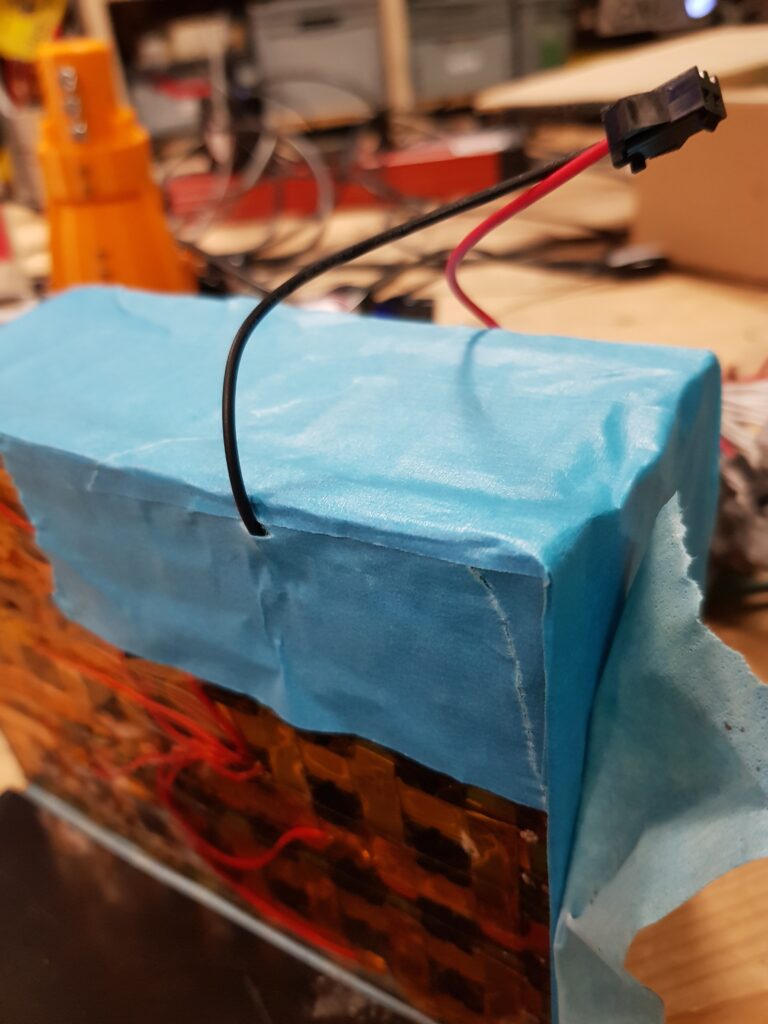
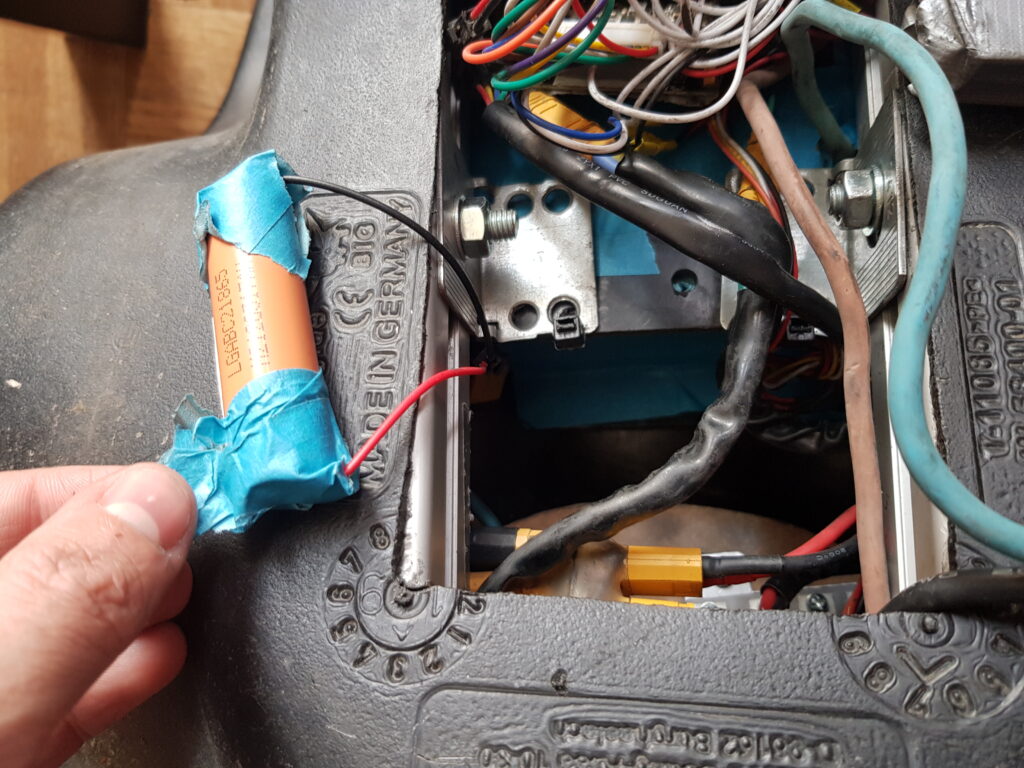
To verify that this cell is working correctly we have to discharge the battery once completely and then charge it full again. We have to see if it stops earlier than expected.
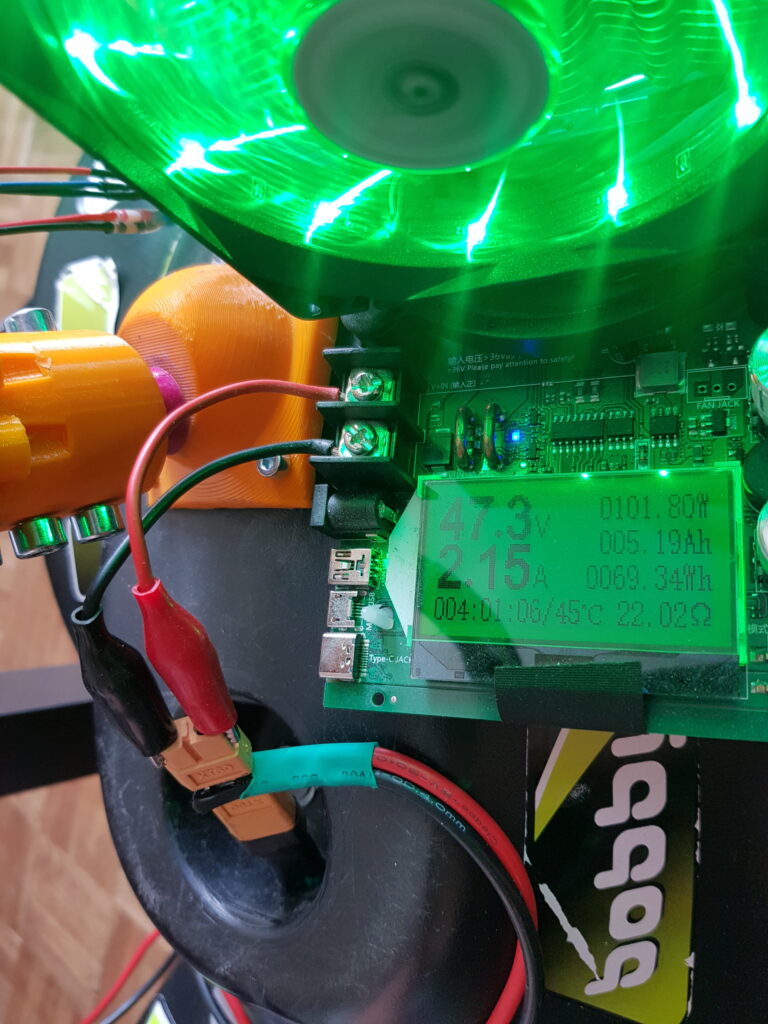
This battery test has shown that the single additional cell was not enough, lets add a few more:
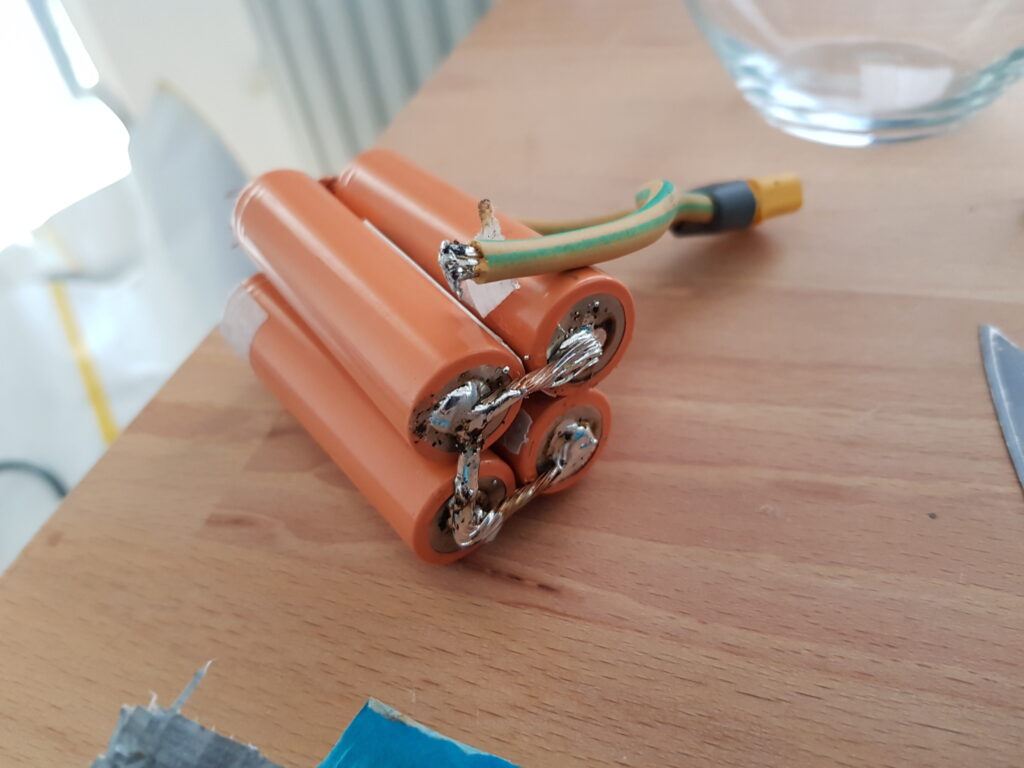
Adding a balance board
I got 2 new boards from aliexpress that promise to balance battery packs by moving charges between the different cells in the battery pack. The cell with the highest voltage will supply current to the cell with the lowest voltage. The board gets slightly warm during operation.

Upgrading the BMS with Bluetooth
Also while I am already working at the battery pack I got a more expensive AntBMS from aliexpress which allows us to see individual voltages on the phone and to change certain parameters like maximum total current in and out, maximum and minimum cell voltage, time to detect short cuts and much more. The bluetooth bms has a similar maximum current rating as the old (red) one that I have installed in one of my last posts.

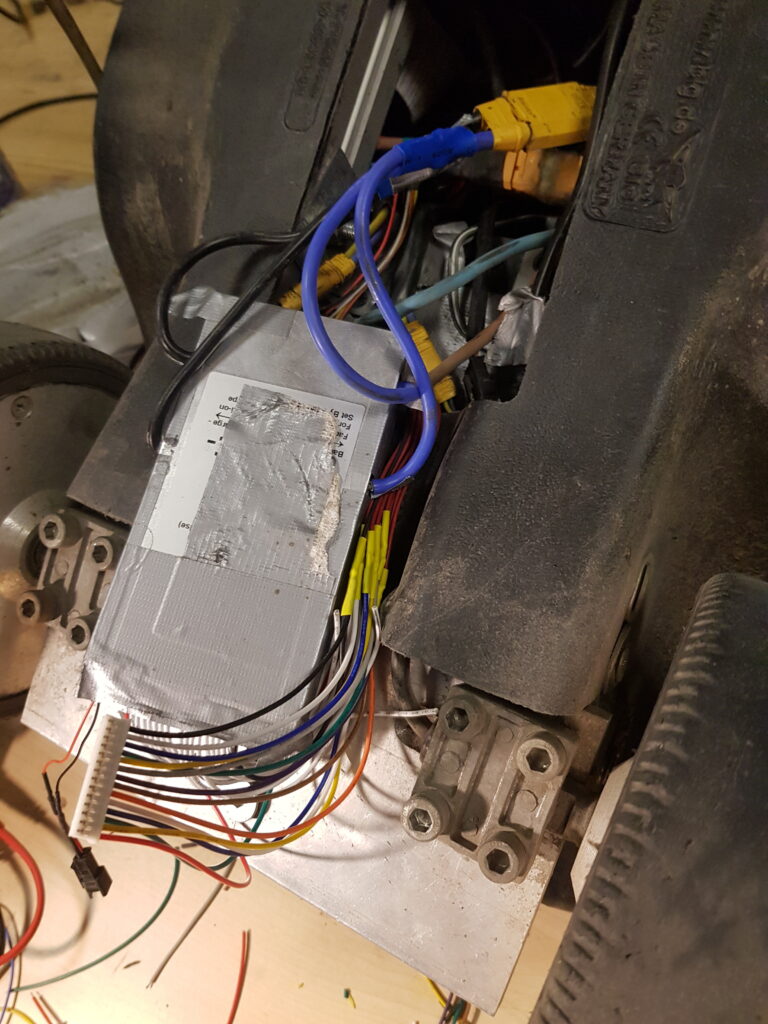
Reverse engeneering of the proprietary bluetooth BMS protocol
The BMS app of the manufacturer has been written in plain old java and it was quitei easy to write some code on the ESP32 board computer that emulates the protocol well enough to receive all the interesting data. What we want on the bobbycar display is the current voltage, the current goiing in or out, the remaining capacity, an estimate on the current state of charge, how many cycles the battery has already provided and the current power. Also we want to see all the individual battery pack cell voltages to see early when a single cell goes far away from the average voltage (which would indicate a defect)
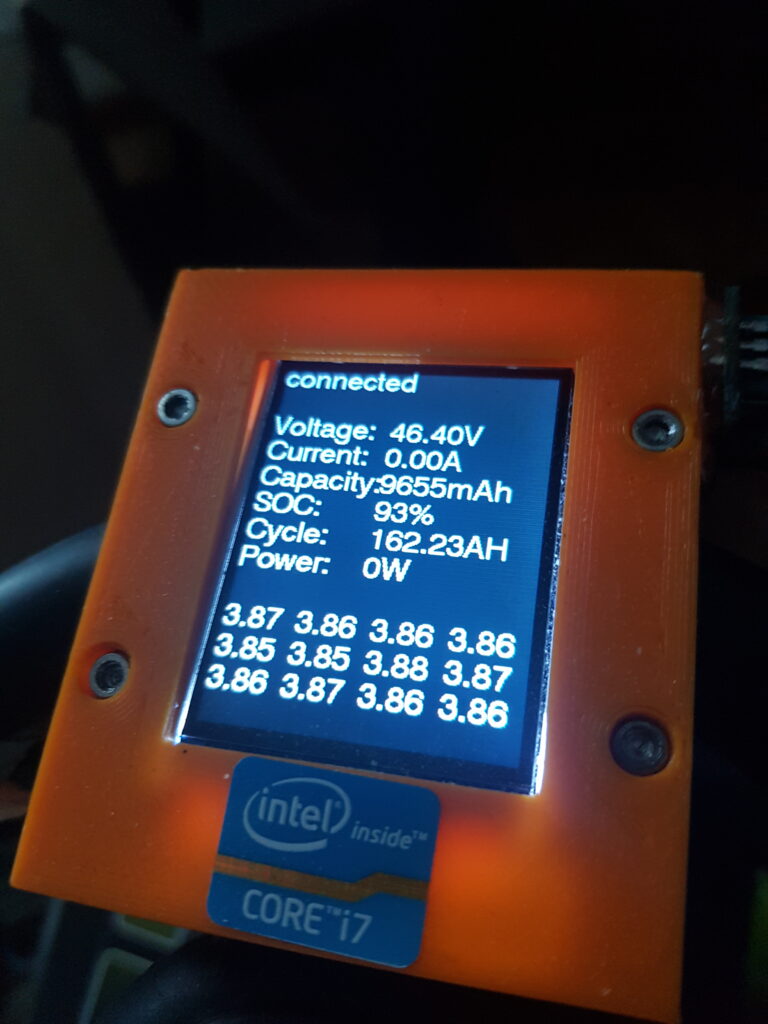
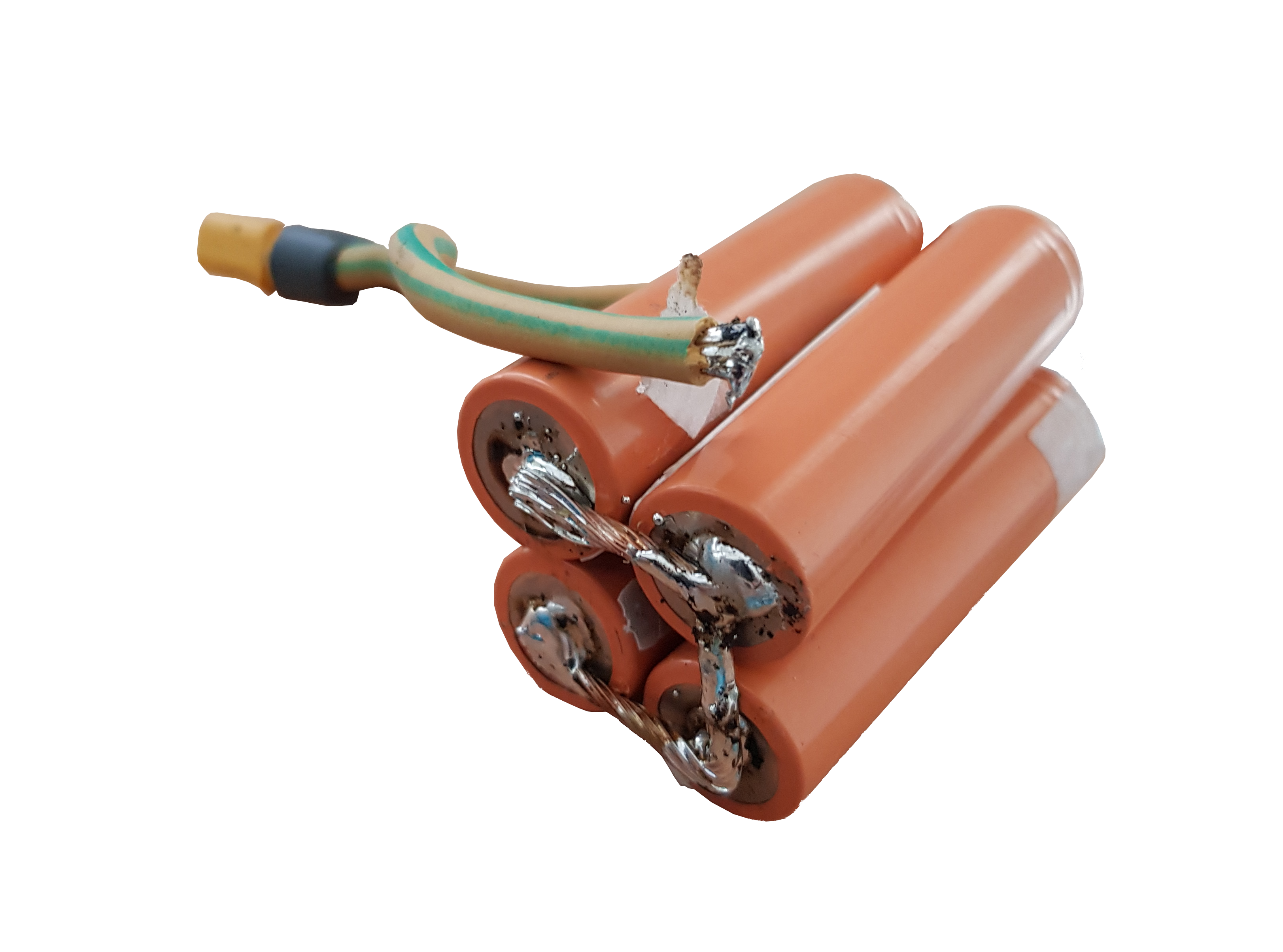
Leave a Reply